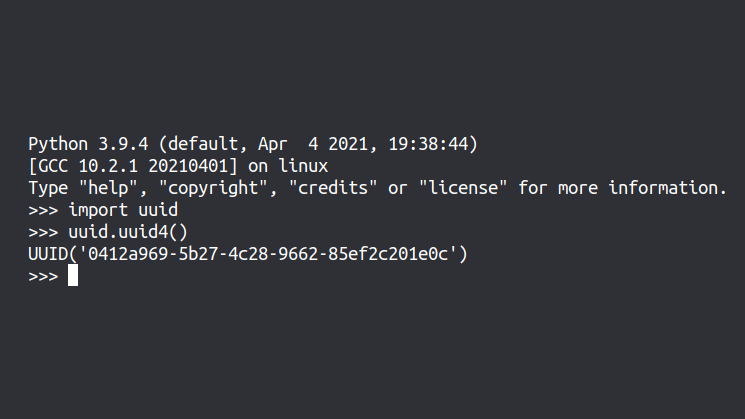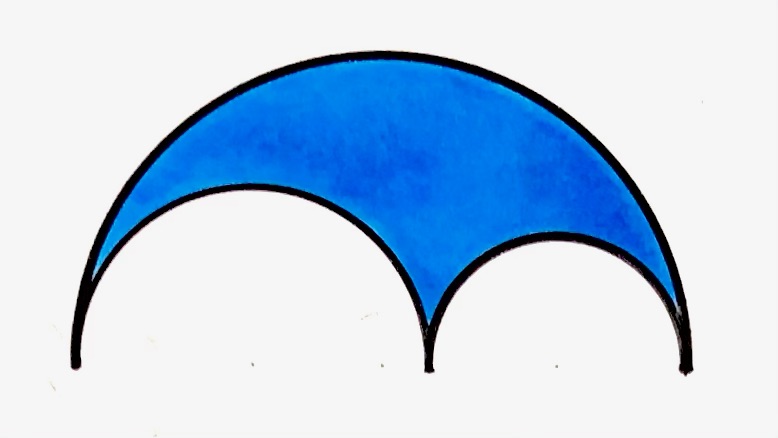
A conversation about mathematics inspired by UUID 0412a969-5b27-4c28-9662-85ef2c201e0c. Presented by Katie Steckles and Peter Rowlett.

Podcast: Play in new window | Download
Subscribe: RSS | List of episodes

A conversation about mathematics inspired by UUID 0412a969-5b27-4c28-9662-85ef2c201e0c. Presented by Katie Steckles and Peter Rowlett.

Podcast: Play in new window | Download
Subscribe: RSS | List of episodes

A conversation about mathematics inspired by an auctioneer’s hammer. Presented by Katie Steckles and Peter Rowlett, with special guest Tim Harford.

Podcast: Play in new window | Download
Subscribe: RSS | List of episodes

A conversation about mathematics inspired by cards from the game Dobble. Presented by Katie Steckles and Peter Rowlett. You can read more about Katie’s adventures in golfing combinatorics.

Podcast: Play in new window | Download
Subscribe: RSS | List of episodes
Here’s a round-up of mathematical news from the month of May.
The film Words of Women in Mathematics in the Time of Corona showcases the words of 86 women of mathematics from 37 countries, speaking in 25 languages, on their experience during the pandemic. The project website says:
This pandemic has indeed made women, and in particular women in mathematics, more invisible than ever and we hope that this project will contribute to letting them be heard and seen.
(via Tony Mann)
Mathematician, IMA president and one-time World’s Most Interesting Mathematician Nira Chamberlain appeared on Jim Al-Khalili’s excellent radio show The Life Scientific, and talked about how mathematics can solve real-world problems.

Mathina is an interactive story book, “based on story-driven experiences, in which children and young learners encounter fictional characters that find themselves in mathematical adventures”. It looks cool! (via Martin Skrodzki)
I is a Strange Loop is a theatrical play, written and performed by mathematician Marcus du Sautoy and mathematician/actor Victoria Gould (formerly Polly off Eastenders). A performance was streamed live on 25th May, and available to watch back on the Oxford Uni maths YouTube channel. The script of the play is also available to buy in book form.
The winners of the Shaw Prize, “an international award to honour individuals who have recently achieved distinguished and significant advances in their respective fields”, have been announced for 2021, including the Shaw Prize in Mathematical Sciences. This is awarded in equal shares to Prof Jean-Michel Bismut and Prof Jeff Cheeger (pictured right, floating in an abstract mathematical universe), “for their remarkable insights that have transformed, and continue to transform, modern geometry”.
And finally, Turkish mathematician Tuna Altinel has his passport back after two years of fighting the Turkish courts. Altinel was detained by Turkish authorities and his passport confiscated on the grounds of “membership in a terrorist organisation”, due to his attempts to promote peace and support human rights as part of the group Academics for Peace.
More information in this piece from Inside Higher Ed
See also: The case of Azat Miftakhov.

A conversation about mathematics inspired by an arbelos. Presented by Katie Steckles and Peter Rowlett, with special guest Catriona Agg.
Catriona mentions this proof without words, which is taken from Proof Without Words: The Area of an Arbelos by Roger B. Nelsen in Mathematics Magazine.

Podcast: Play in new window | Download
Subscribe: RSS | List of episodes
The next issue of the Carnival of Mathematics, rounding up blog posts from the month of April, is now online at Math Off The Grid.

The Carnival rounds up maths blog posts from all over the internet, including some from our own Aperiodical. See our Carnival of Mathematics page for more information.
The next issue of the Carnival of Mathematics, rounding up blog posts from the month of March, is now online at Eddie’s Math & Calculator Blog.

The Carnival rounds up maths blog posts from all over the internet, including some from our own Aperiodical. See our Carnival of Mathematics page for more information.